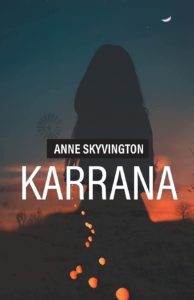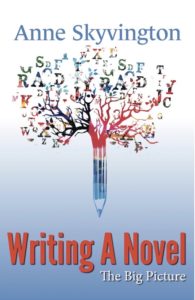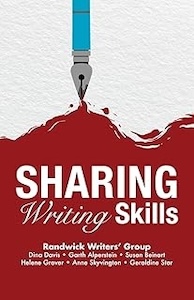
by Anne Skyvington | Jan 8, 2023 | Publishing, Writing Topics
Most people who write a book will never get it published; half the writers who are published won’t see a second book in print; and most books published are never reprinted. What’s more, half the titles in any given bookshop won’t sell a single copy there, and most...

by Anne Skyvington | Jan 3, 2023 | Publishing
Writing and Publishing On Social Media Platforms There aren’t many Social Media platforms that encourage confidence in writers these days. Look at what has happened to Twitter, and to Facebook. That’s why I was delighted to find the American blogging...
by Anne Skyvington | Aug 17, 2021 | Publishing
What is Storybox? “STORYBOX is a clean energy digital cube, designed for inclusive media and storytelling in public spaces. Partnering with different organisations to activate public spaces, and to connect audiences with stories, insights and creative talent...
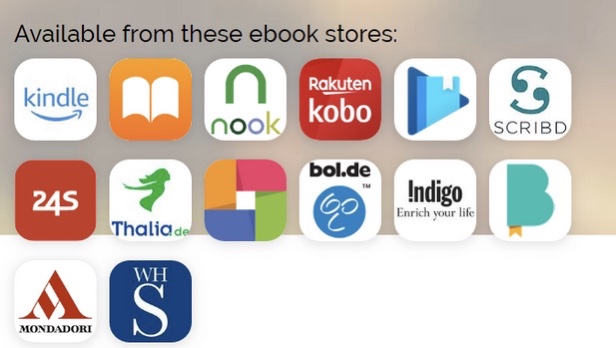
by Anne Skyvington | Oct 18, 2020 | Publishing
Click on the following links: Karrana: https://books2read.com/b/3GeoKLWriting a Novel: https://books2read.com/u/m2r6Nj How does Books2Read work? Books2Read is an author site featuring book discovery tools developed by indie-publishing service Draft2Digital. We’re 100%...

by Anne Skyvington | Apr 1, 2020 | Publishing, Writing Topics
NIELSEN BOOKSCAN In December 2000 the situation for publishers began to change a little with the establishment of Nielsen BookScan, a local affiliate of US polling company A.C. Nielsen. Nielsen tracks book sales by barcode from around eighty-five per cent of all...
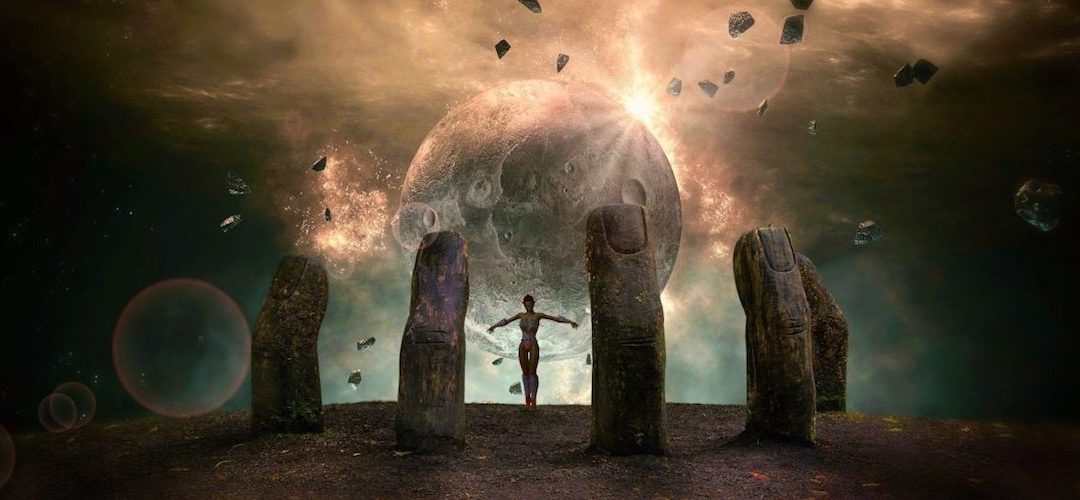
by Anne Skyvington | Mar 23, 2020 | Publishing, Writing Topics
Someone said it takes a village to bring up a child; it’s the same for writing a novel. This was certainly true for me. Experts say you should write about what you know, so I wrote about my parents’ love story, set in country New South Wales, as Australia was exiting...






